
Harmonic reducers, known for their precision and reliability, are widely utilized in applications requiring fine positioning and speed control. These devices are celebrated for their ability to achieve high gear ratios and torque output within a compact size and weight, meeting the stringent requirements of modern industrial and technological sectors for precise mechanical transmission.
At the heart of a harmonic reducer is a system composed of a flexible wheel (flexspline), a rigid wheel (circumferential gear), and a wave generator. The flexible wheel has internal teeth, while the rigid wheel has external teeth, and they mesh with each other. The wave generator changes the shape of the flexible wheel, causing the teeth of the two wheels to engage and disengage periodically, thus facilitating power transmission and speed reduction.
The primary function of a harmonic reducer is to provide high precision gear ratios while maintaining high torque and low backlash on the output shaft. This design allows for minimal friction loss and high precision positioning during transmission, which is crucial for applications demanding exact control.
Harmonic reducers are applied across a variety of scenarios:
-
Industrial Robots: In the joints and actuators of industrial robots, harmonic reducers ensure precise positioning and repeatability, enhancing production efficiency and product quality.
-
Medical Equipment: In precision medical devices such as surgical robots and diagnostic equipment, harmonic reducers are used to achieve accurate motion control and stability, which is vital for increasing surgical success rates and diagnostic accuracy.
-
Aerospace: In satellite remote sensing systems and space drive mechanisms, harmonic reducers serve as critical components, with their reliability and durability being essential for the stable operation of the entire system.
-
Precision Instruments: In various precision measurement and testing instruments, harmonic reducers provide accurate speed control and position feedback, ensuring the accuracy of measurement results.
-
Automation Production Lines: In automated assembly lines and material handling systems, harmonic reducers are used for precise material transport and positioning, improving production efficiency and reducing errors.
The performance of harmonic reducers is influenced by several factors, including their design, material selection, manufacturing processes, and operating environment. In design, considerations such as pressure angles, tooth shapes, and materials are crucial to ensure the reducer's reliability and longevity. Additionally, fault detection and diagnosis under high-torque periodic operations present a challenge, necessitating advanced sensors and algorithms for real-time condition monitoring.
In conclusion, harmonic reducers play an indispensable role in modern industry and technology as precision transmission devices. By offering high gear ratios, high torque output, and precise positioning control, they enable various mechanical systems to meet higher performance standards. As technology continues to advance, the design and application of harmonic reducers will become even more widespread, providing strong support for the development of various industries.
 English
English Deutsch
Deutsch Русский
Русский Español
Español
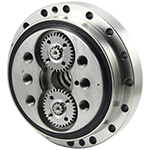
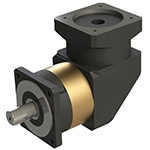
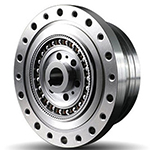
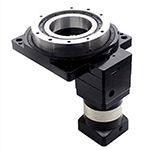
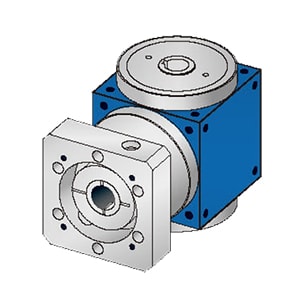
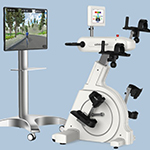
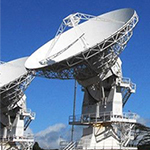
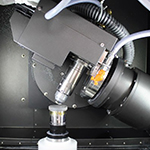
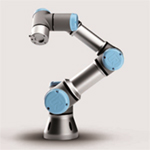
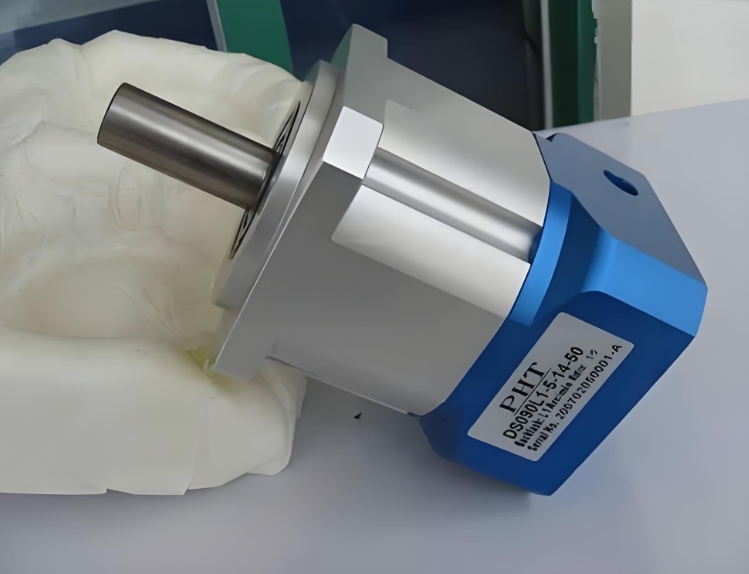
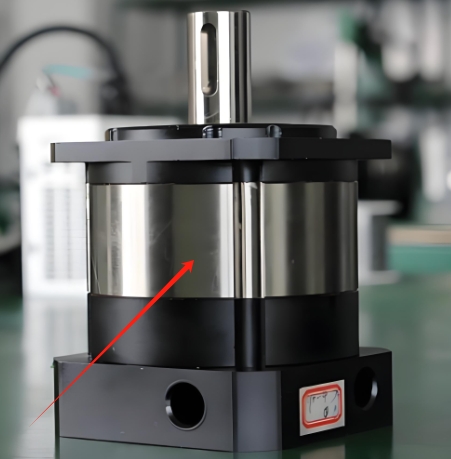
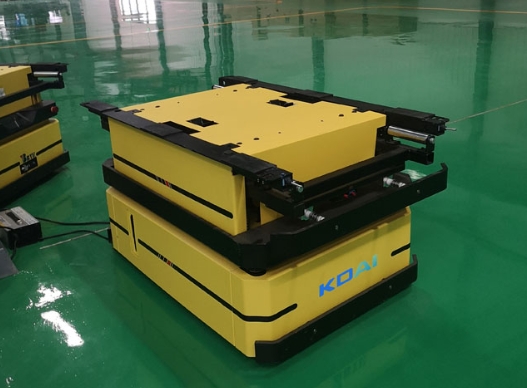
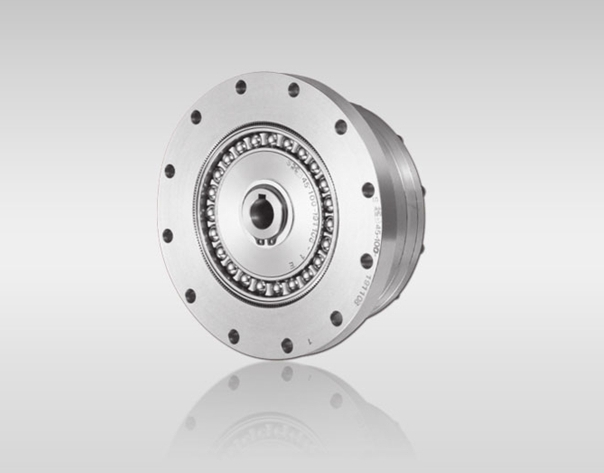
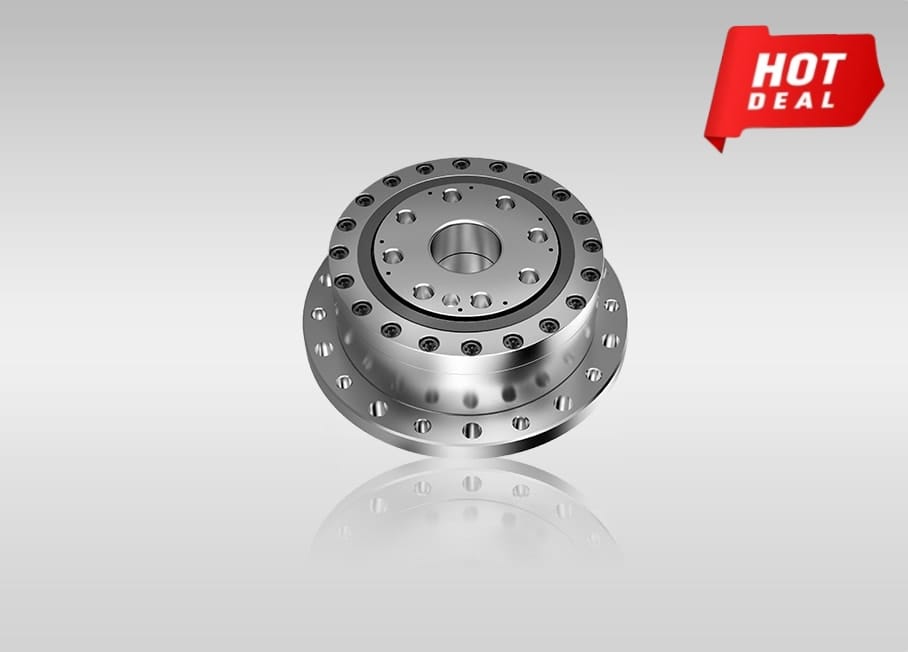
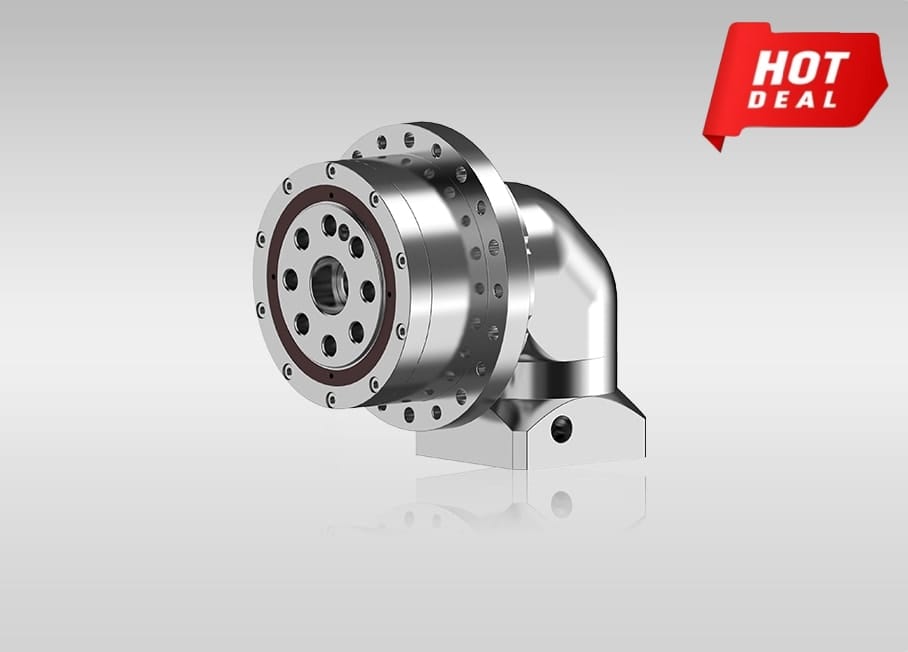
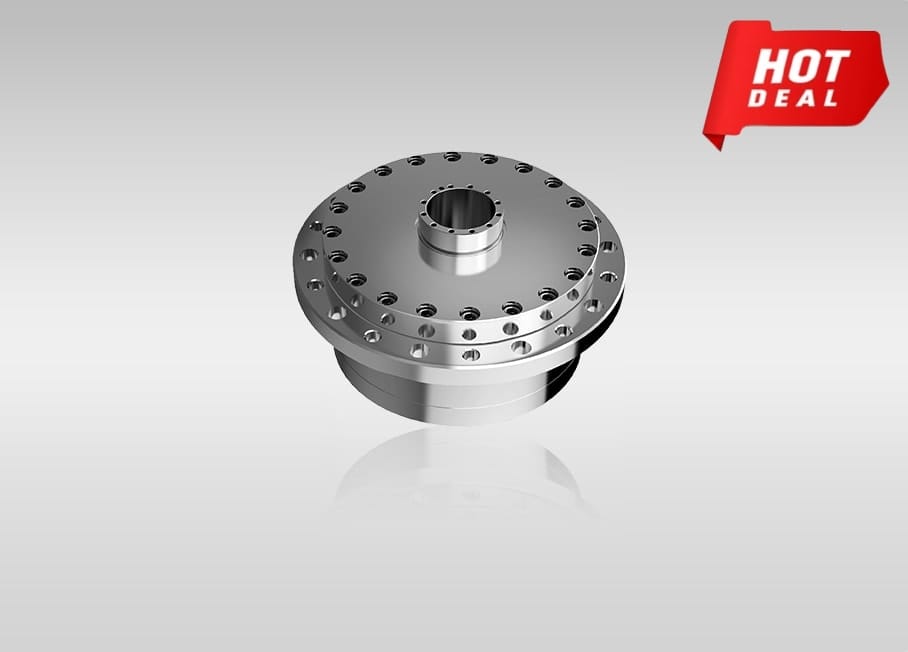
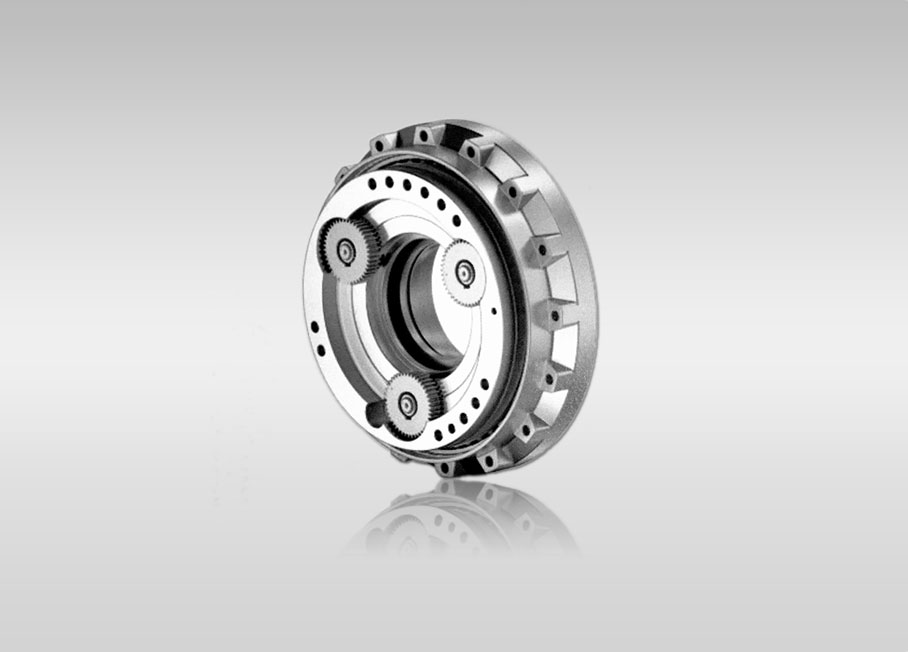
Quote Now